Prospective randomised blinded clinical trial assessing effectiveness of three dental plaque control methods in dogs
R.M. Allan, V.J. Adams and N.W. Johnston | Journal of Small Animal Practice | December 2018
The aim of this randomised, blinded clinical trial was to investigate the effectiveness of three commonly used stand-alone methods of controlling dental plaque accumulation using a ‘clean mouth’ model…

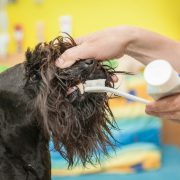

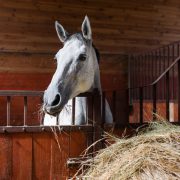
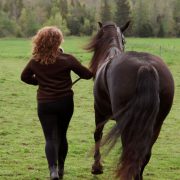
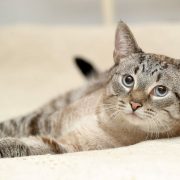
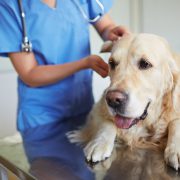
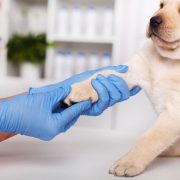
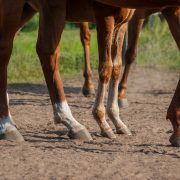


Connect with us